Inspire middle east
As the Holy Month of Ramadan begins, we examine how children from different backgrounds are embracing the spiritual time in the multicultural UAE. We also travel to Cairo to shine a light on ‘fawanees’, the colourful lanterns which hold great cultural significance for Egyptians at this time of the year.
During Ramadan, Muslims – who make up more than a quarter of the world’s population – fast from dawn till dusk.
This practice is a way to empathise with those less fortunate, and an opportunity to reflect on the blessings received in their own lives.
Children start to fast as early as seven-years-old and they are quick to learn the traditions of Ramadan via games, and a ritual known as Hag Al Laila in which they request sweets from their neighbours houses.
As they go from door-to-door, the youngsters sing songs with the words ‘Give to us, and God will give to you,’ whilst wearing brightly-colored outfits. Their reward is to receive seasonal confectionary and nuts, in the spirit of giving and sharing.
In some Gulf countries, this celebrated in the middle of Ramadan as a reward for children who might be fasting for the first time. In the UAE this period is known as Hag Al Laila and takes place two weeks before Ramadan begins.
EXPAT CHILDREN OF ALL RELIGIONS IN THE UAE LEARN ABOUT ISLAM
It’s not only Muslim children who are learning about the values of Ramadan in the UAE’s schools. In a country where almost ninety percent of the population is formed by ex-patriates, children from all backgrounds are taught about the Holy Month.
During ‘Arabic Week’ at the American Community School of Abu Dhabi, students from more than sixty nationalities are learning about the culture of their Gulf state and about the pillars of Islam.
The children have seemed to embrace the studies, with many drawing parallels with cultural festivals in their home countries.
“It’s interesting how they thought that a lot of what this is about is giving back to poor people and not so much about the religious part of things,” explained Elementary School Counsellor, Valerie Anderson.
SHINING A LIGHT ON EGYPTIAN FAWANEES
In the weeks leading up to the start of Ramadan, some of the streets in Cairo streets shine particularly brightly, with vendors selling the traditional, brightly-coloured candle lanterns known as fawanees.
The lights are closely linked culturally to Ramadan and they have been illuminated annually in Egyptian family houses for nearly a thousand years.
The first fanous was reportedly used to light up the city’s streets when a new monarch arrived on a dark Ramadan night. Ever since then, lanterns have become a symbol of celebration as they give a warm glow to the entrances of homes and businesses.
The elaborate lanterns were commonly made out of copper, yet as the material became more expensive, lantern-makers increasingly turned to more affordable, light-weight tin alternatives and vibrant glass.
Traditionalist Nasser Mostapha has been making fawanees for about forty years, practicing the crafting methods that his ancestors have passed down through the generations. According to him, buyers prefer hand-made lanterns despite cheaper Far Eastern versions that are flooding the market.
“I don’t see any real competition from Chinese lanterns. The challenge we face is the high cost of raw materials, not Chinese lanterns,” he says.
Authenticity and tradition is very important to someone like Ahmed Mahfouz, who travelled more than 60 kilometers to buy the ‘perfect lantern.’
“When I see the fanous, I automatically feel I have to buy it – even though I have three at home.” he says, “It’s in my genes. It’s become part of our heritage.”
For Mahfouz, the fanous is a glowing representation of Ramadan:
“When I buy a fanous, I am buying a piece of history. I am buying a piece of the season’s joy. It’s the best symbol.”
SOCIAL EYES: INSPIRED TALENT TRENDING ONLINE
Noor from Al Marjan Island in Ras Al Khaimah tested out her Ramadan balcony lights in preparation for the Holy month.
#evening #goodevening #ramadandecorations #seaview #ramadankareem
Une publication partagée par N00R (@n00rlifestyle) le 11 Mai 2018 à 8 :51 PDT
And Manar from Lebanon took home décor inspiration from this street market in Beiruit.
Une publication partagée par Manar (@manarfakhro) le 12 Mai 2018 à 12 :33 PDT


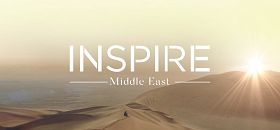

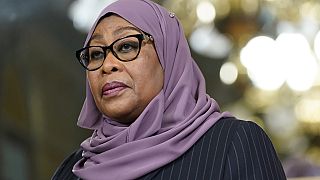
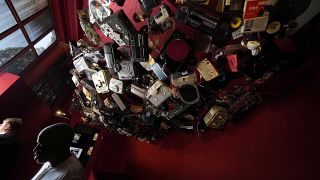
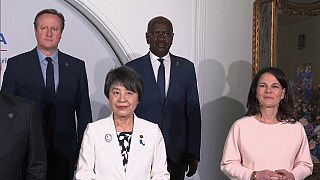
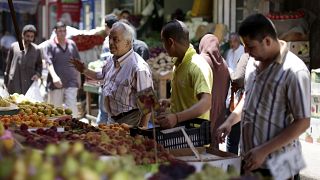
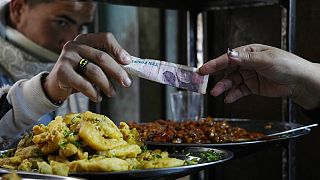
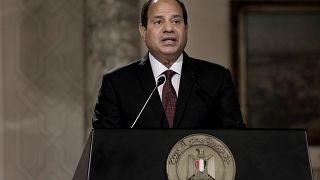
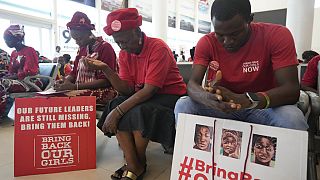
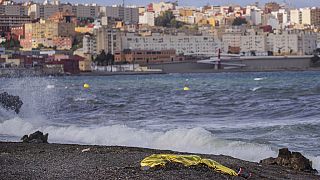
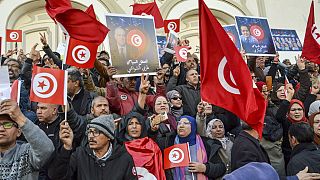
01:00
Pics of the day: April 17, 2024
02:04
Pope Francis invites faithful to pray for people caught in wars
02:20
Cameroon opens museum honouring one of its oldest and most influential kingdoms
01:29
Nigeria: Muslims mark end of Ramadan with Eid al-Fitr prayers
02:37
Charity: More than 10 million Sudanese children have been in warzone
01:24
Kenya Muslims pray for Palestinians as they mark end of Ramadan